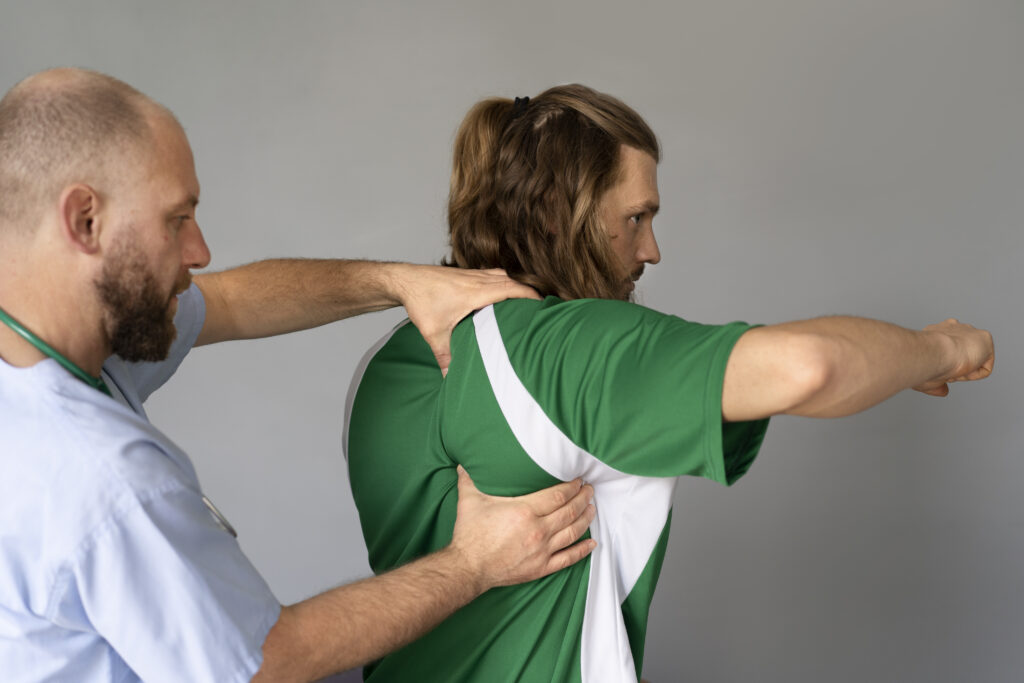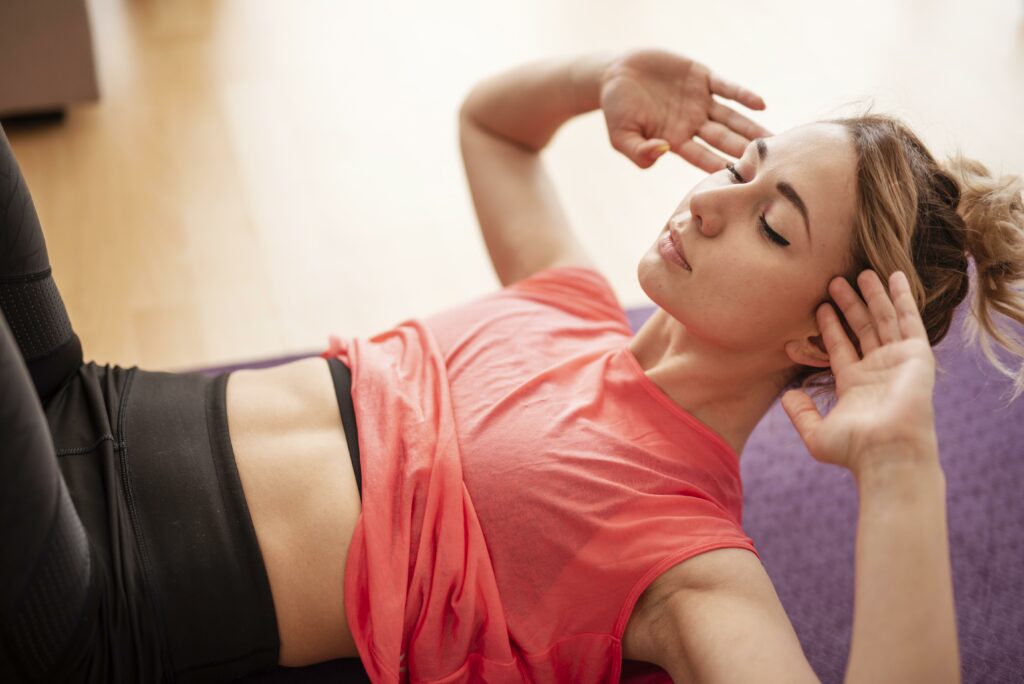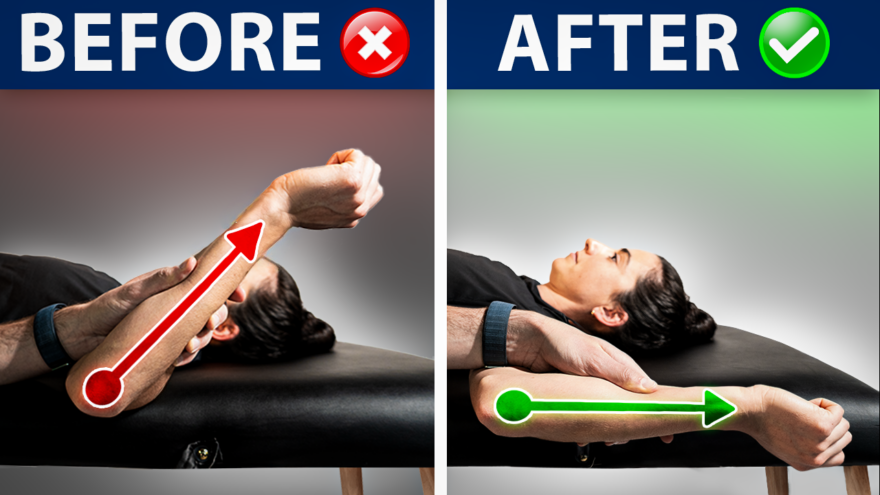Table of Contents
The Best Way to Improve Your Shoulder Mobility
Are your shoulders feeling tight and stiff, making it tough to enjoy activities like throwing or giving high-fives? It’s time to focus on improving your shoulder mobility, and I’ve got just the exercises to help you out.
Introduction to Shoulder Mobility

Shoulder mobility is crucial for a wide range of activities, from sports to everyday tasks. But when our shoulders are restricted, it can lead to discomfort and limit our movement. The key to enhancing shoulder mobility lies in focusing on the ribcage. Why? Because the ribcage is the foundation of our shoulders and shoulder blades, allowing for essential movements like external rotation.
Exercise 1: Rib Cage Compression
This first exercise is aimed at improving your shoulder’s external rotation by working on the rib cage’s mobility.
What You Need: A yoga block (you can cushion it with a pad or pillow if it’s uncomfortable).
How to Do It:
- Lie down on your side, placing the yoga block on the middle third of your rib cage.
- Roll slightly forward so your weight rests on the bottom outside knee.
- Place your top arm in an abducted position (arm out with a bent elbow) to help open up the top side of the chest.
- Look straight ahead, take a silent breath in through the nose, and on the exhale, relax into the block.
Duration: Hold this position for five sets of five breaths on each side, twice a day, for two to four weeks.
Exercise 2: Expanding The Ribcage
To further enhance shoulder external rotation, it’s essential to work on expanding the rib cage, especially around the scapular area. Depending on your needs, focus on either the upper back (between the shoulder blades) or the bottom lower part of the rib cage.

How to Identify Your Focus Area: Raise your arms overhead. If you notice significant arching in your back, concentrate on the upper back area. If your posture doesn’t change much, the focus should be on the bottom front part of the rib cage.
Additional Exercises: Sideline Positioning and Leg Lowering
Following the identification of your focus area, engage in exercises that employ sideline positioning without the block, emphasizing the ‘scared position’ or ‘corpse position’ for your arms. This is coupled with silent, relaxed breathing techniques to aid in expansion and mobility.
For those looking for a challenge, incorporating weight-bearing exercises can significantly benefit. This involves mimicking previous leg positions while adding arm weights to promote external rotation under pressure.
The Final Challenge: Leg Lowering with Precision
The most challenging exercise involves lying on your back, arms in the needed position, and alternately lowering legs without causing your back to arch or crunch. This not only tests but also greatly enhances your shoulder mobility.
Sum Up
Improving shoulder mobility is a gradual process that requires consistency and patience. By following these simple exercises, focusing on ribcage and scapular mobility, you can significantly enhance your shoulder flexibility.

